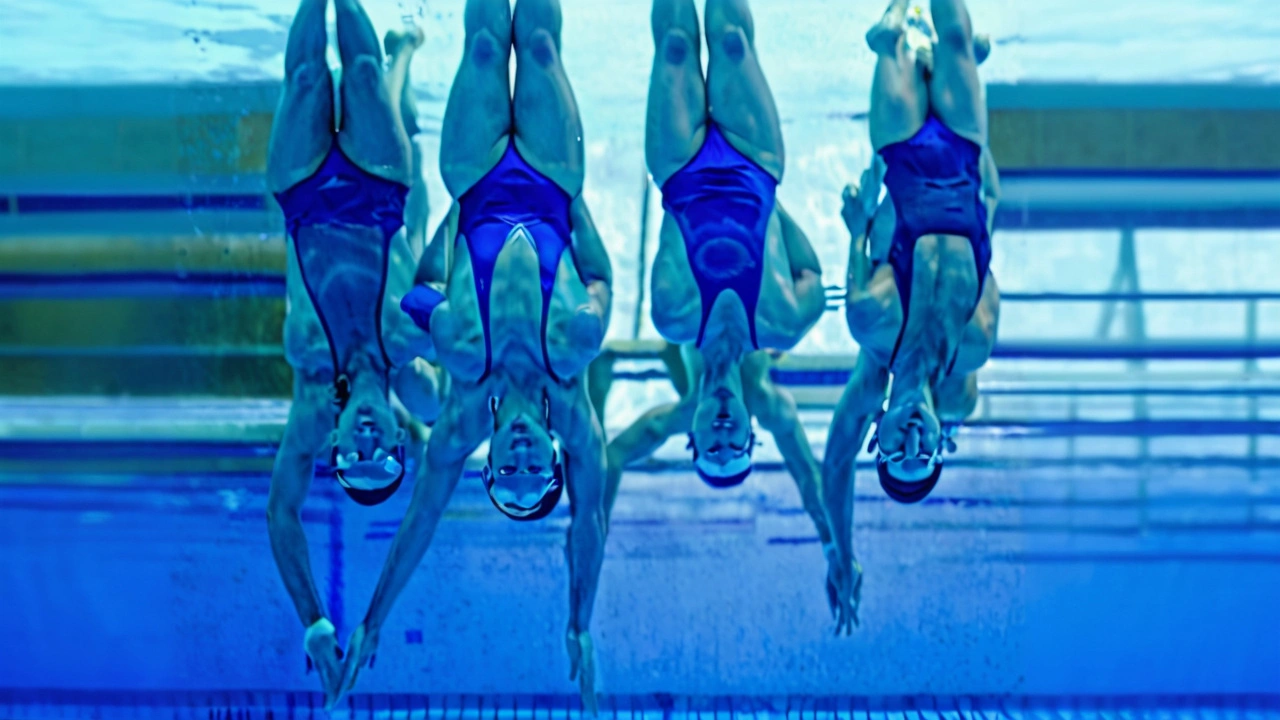Artistic Swimming: An Evolving Sport
Artistic swimming, formerly known as synchronized swimming, has always been a captivating blend of dance, acrobatics, and endurance performed in water. It's a sport that marries athletic prowess with artistic appeal. However, recent changes in the scoring system have sparked a debate on whether the sport is losing its intrinsic charm.
During my recent visit to the Montpellier World Cup, I sensed a palpable shift in the atmosphere. The air was thick with tension and stress, as athletes and coaches focused intensely on meeting the Degree of Difficulty (DD) requirements. It's a sentiment echoed by many enthusiasts who worry that the sport is increasingly prioritizing technical precision over artistic expression.
The Impact of the Degree of Difficulty
The new scoring system, which emphasizes the DD, seems to have redefined the priorities within the sport. Routines that once captivated audiences with their grace and creativity are now meticulously crafted to maximize technical scores. As a result, many routines appear uniform, losing the individuality that once made them unique and engaging.
Observers at the World Cup noted the uniformity in the routines, with athletes and coaches expending significant efforts to hit the mandatory technical marks. A slight mistake, an offbeat synchronization, or a less-than-perfect execution often deals a heavy blow to the final scores, leaving little room for error and spontaneity.
An Environment of Stress and Rigidity
This heightened emphasis on technicality has created an environment where tension often overshadows the joy of performance. Athletes, who previously reveled in showcasing their creativity, now find themselves under immense pressure to conform to stringent technical standards. Coaches, too, face the daunting task of balancing their athlete's technical scores with the need for artistic presentation.
Many within the community express frustration at how stringent adherence to these technical rules has stifled creativity. What once drew audiences to the sport—the beauty and fluidity of artistic routines—is at risk of being lost in favor of precision and predictability. This shift raises important questions about the future direction of artistic swimming.

The Need for Change: Pros and Cons
There's no denying that the sport needed to evolve. Changes in scoring and technical requirements were introduced to add an element of unpredictability and to push the boundaries of athletic performance. However, as with any change, there's a delicate balance that must be struck.
Many proponents of the new system argue that it necessitates greater skill, precision, and dedication from athletes. It pushes them to refine their techniques and performance to the highest standards, fostering a competitive environment where only the best can thrive. Yet, this hyper-focus on technical difficulty comes with the downside of potentially overshadowing the artistic elements that define the sport's unique character.
Seeking Balance
For artistic swimming to retain its enchanting appeal, a balance must be achieved between technical difficulty and artistic expression. This challenge falls not solely on athletes and coaches but also on the governing bodies that create and enforce the rules of the sport. There must be a concerted effort to ensure that routines maintain their individuality and creativity, even as they meet technical requirements.
Artistic swimming is at a crossroads, navigating the fine line between complexity and beauty. It's essential for the sport to continue evolving while holding onto the essence that has historically made it so captivating. With careful adjustments and a mindful approach, it's possible to ensure that technical precision and artistic creativity coexist harmoniously in the pool.
